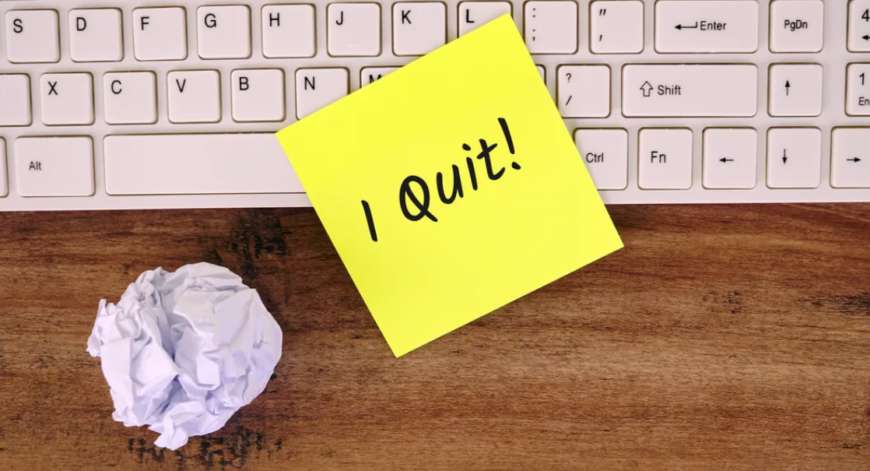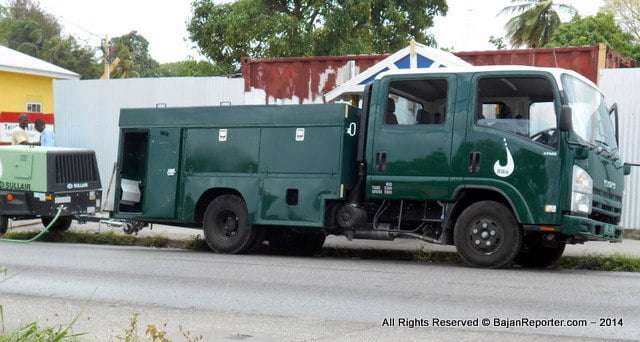Tops/Flops Clermont-Sale : Penaud dynamiteur, un calvaire pour les arrières
LEARN MORE

Federal Appeals Court to Now Hear Former Congresswoman Corrine Brown's Case En Banc | The Florida Star | The Georgia Star
LEARN MORE

Zimbabwe: Hwange Man Arrested for Inciting Villagers to Resist Chinese Mining Project
LEARN MORE

Determined to move mountains
LEARN MORE

Go Ahead And Quit Your Job, Just Do It The Right Way | The Michigan Chronicle
LEARN MORE

Residents call on Cele to act after homes in Port Elizabeth petrol-bombed – The South African
LEARN MORE

Historic Moorland Y building closes its doors permanently, merges with Oak Cliff campus - Dallas Examiner
LEARN MORE

Pushback on murder spree
LEARN MORE

Locals join new effort to reforest Maragoli Hills
LEARN MORE

Political analyst says DLP internal leadership not yet an issue - Barbados Today
LEARN MORE

How the contributions of enslaved Africans led to the boom of the blue dye market in South Carolina
LEARN MORE

Photographers present “Black Is” exhibition
LEARN MORE

Historic Moorland Y building closes its doors permanently, merges with Oak Cliff campus - Dallas Examiner
LEARN MORE

As Light & Power bitch slaps Water Authority? Now the BWA Experiencing Low Levels at Reservoirs in St Michael | The Bajan Reporter
LEARN MORE

Tops/Flops Clermont-Sale : Penaud dynamiteur, un calvaire pour les arrières
LEARN MORE
